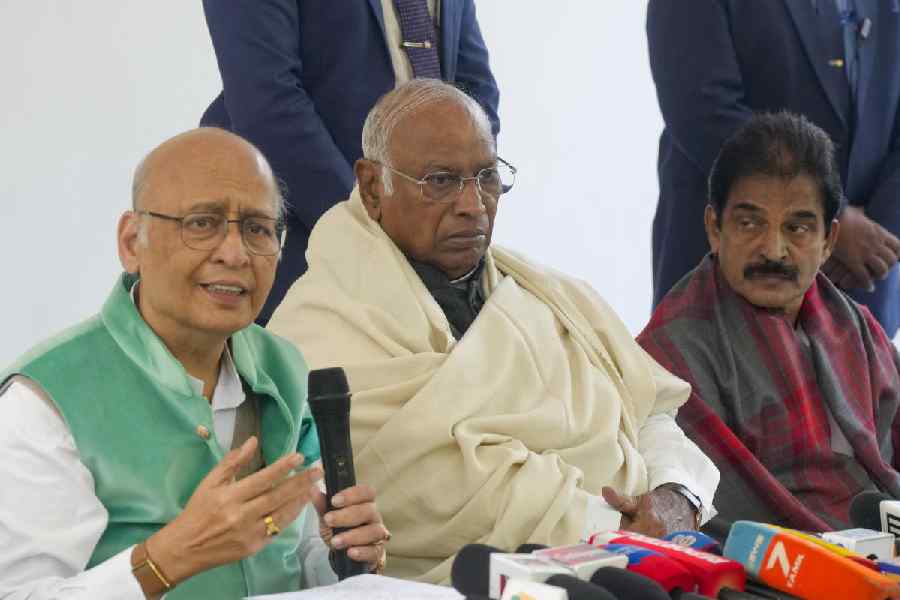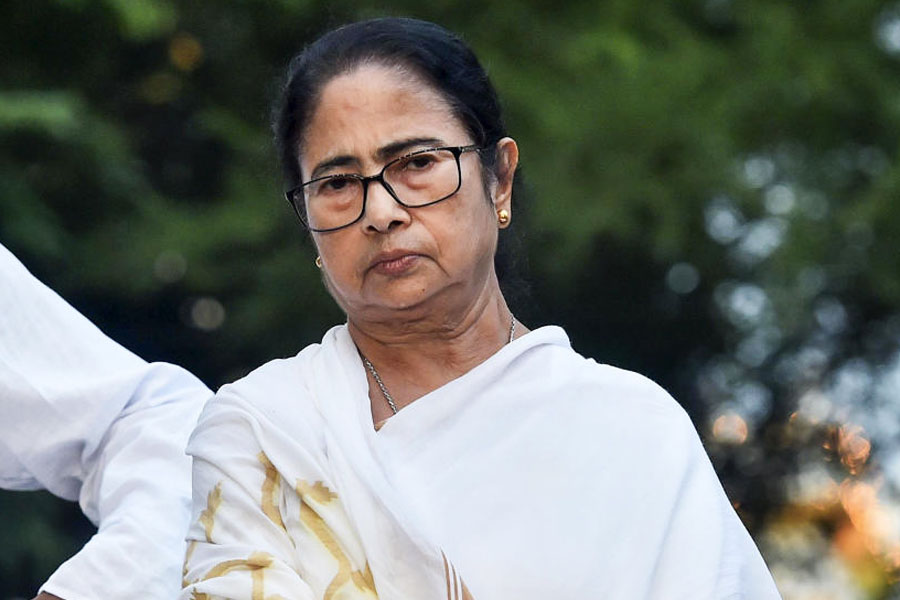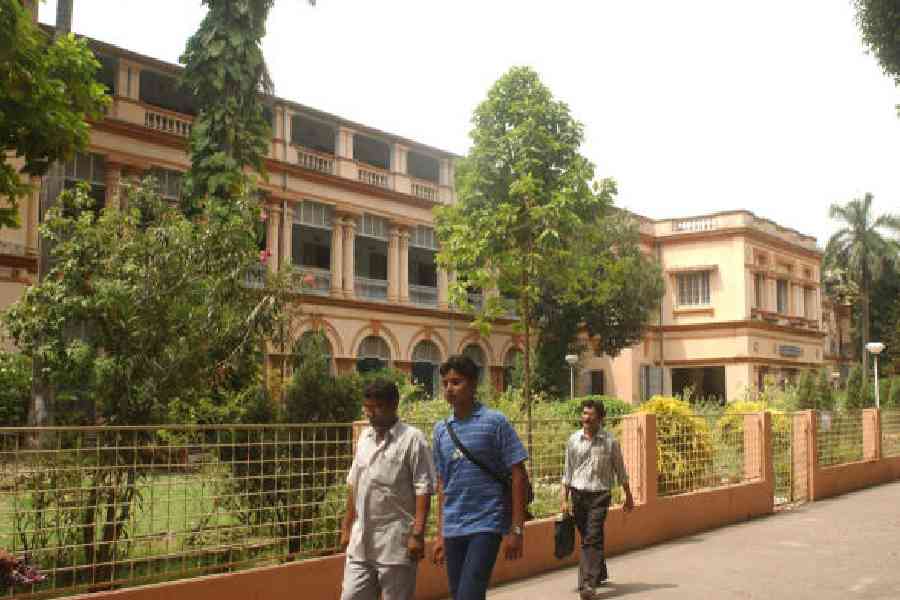 |
| SPOTLIGHT: A Libas creation by Sehyr Saigol |
From Lahore with love
No one has asked for my advice on who should be the next Prime Minister of Pakistan but personally I would be happy to see the job go to Sehyr Saigol, possibly the most competent woman in Pakistan.
Certainly, if Sehyr were in charge, Pakistan would have the best dressed government in South Asia.
Magazines come and magazines go. But it is to Sehyr’s great credit that Libas, the Pakistani fashion magazine she founded more than 20 years ago in London with offices in Lahore, is still going strong.
We hear of fashion week in London, New York, Milan and Paris — and, increasingly, Mumbai and Delhi as well — but for beautiful clothes made from beautiful fabrics and worn by beautiful models, Karachi and Lahore ought to be in the reckoning as well.
Sehyr was in her car driving in Pakistan when I telephoned. It is a clever move on the part of the Pakistan Fashion Design Council (PFDC) to appoint her as its executive chairperson.
Its next big fashion show, sponsored by Sunsilk, will be held in Lahore from March 29-April 1.
According to Sehyr, “the PFDC is committed to helping Pakistani fashion become a commercially viable industry, both domestically and internationally. We believe fashion weeks encourage the business of fashion, creating opportunities ranging from the consistent employment of a skilled workforce to international and domestic retail to introducing new talent and creativity.”
The PFDC, established in 2006, is today Pakistan’s apex fashion body. It wants to “use fashion to demonstrate to the world that despite the current socio-political instability, Pakistanis are doing their best to nurture and promote their creative heritage”.
Sehyr added: “The success of our two previous fashion weeks has reinforced this commitment, not only contributing to the growth of Pakistan’s fashion industry, but also showing the world a Pakistan that is progressive and modern, with a resilient people and culture.”
Maybe I can encourage Sehyr to open a Libas outlet in Salt Lake, perhaps even next to the Fabindia store, whose display is sloppy, pricing on tickets distinctly dodgy and where staff forget to remove the security pins on clothes.
 |
| FINDING UTOPIA: Rukhsana Ahmad who has been booked by the BBC |
All the Raj
Adapting M.M. Kaye’s 19th century adventure set in India, The Far Pavilions, into a play for BBC Radio 4 seemed a daunting prospect to writer Rukhsana Ahmad when she was offered the job in May last year.
The task had to be completed by the end of July, Rukhsana was told.
She had not even read the novel and was surprised to be approached because her previous experience had been in adapting such books as Salman Rushdie’s Midnight’s Children, and Nadeem Aslam’s Maps for Lost Lovers.
The Far Pavilions “felt a bit dated to me,” Rukhsana admitted. “I thought it had been and gone; the time for the Raj memories was gone.”
She read the 1,000-page novel twice, made notes and did half the dramatisation — the first 10 of the 20 episodes, each 15 minutes long. Another writer did the other half.
“Actually, it is not such a pro Raj book,” Rukhsana now says. “At the heart of it is a recognition of the failures of Englishmen during the Raj — and it is Englishmen rather than women that it slates.”
The novel tells of a street urchin, Ashok, the son of Sita, an ayah. As Sita dies, she reveals to Ashok she is not really his mother. And he isn’t Indian, but an English boy, Ashton (“Ash”) Pelham-Martyn, whose parents had died leaving him to their ayah’s loving care.
Karachi-born Rukhsana decided to give her adaptation more of an Indian voice by using Sita to act as narrator.
Rukhsana also found the novel to be “Muslim friendly”, especially in the sections dealing with the wars in Afghanistan. Ashton is never completely trusted by his fellow English officers who suspect he has “gone native”.
Rukhsana delivers her verdict on Kaye and her landmark novel: “Her heart is in the right place. She really does believe that there is a Utopia possible — where people think of each other as equals. It is a very interesting and relevant book.”
Rahul rising?
May be Rahul Gandhi doesn’t want to be Prime Minister of India, a British newspaper suggested last week.
It hasn’t been a good week for India. First, no one from the Indian side could say anything sensible on the subject of UK aid to India, which will amount to £1 billion over the next four years.
Those who want the aid cut off argue that the money India is spending on its nuclear and space programmes could be diverted to its poor.
Just before David Cameron went to India last year, I saw Vince Cable, the business secretary, who indicated that cutting off aid was “complimenting” India on the progress it had made. But by the time Cameron, Cable and other ministers returned from India, they had, for some reason, changed their minds about stopping the aid.
India wants UK plc to invest heavily in Indian infrastructure but Manmohan Singh’s government appears to be drifting, British papers were agreed last week.
“The Prime Minister has a full three years left in office, but there has been much speculation as to whether he will last the course,” the Independent reported. “A key talking point is whether Rahul Gandhi, the son of the late Rajiv Gandhi and widely tipped as a future prime minister, is yet considered ready to take on the position, or if he even wants the job.”
The Financial Times, in its leader, “Message to India: reform is impossible without fighting corruption”, warned Manmohan Singh that he “is frittering away the chance to modernise the country”.
 |
Top cat
Larry, the cat, has taken up residence at 10, Downing Street where David Cameron has been plagued by rats (one even appeared in the background during a prime time news bulletin).
“I’m delighted to welcome Larry to his new home,” said Cameron. “I’m sure he will be a great addition to Downing Street and will charm our many visitors.”
At least, this isn’t a problem that Manmohan Singh has since there are no rats in his government, only fat cats, the Brits say.
 |
Tittle tattle
Channel 4, a British television network which likes to make hard-hitting documentaries, has a programme called Dispatches which sent an intrepid woman reporter, Tazeen Ahmad, to secretly film preachers abusing children in a number of mosques.
In the documentary, Lessons in Hatred and Violence, a preacher at a religious school in Birmingham is caught telling impressionable pupils not to trust liberal Muslims and that “the disbelievers are the worst creatures”.
“The Hindus do, they drink p***, I’ve told you this,” the preacher goes on. “Do they have any intellect? No.”
On the subject of health drinks, the only man I know who proudly admitted to drinking his own urine was Morarji Desai, who did so in a frank interview with The Spectator magazine.
As the said preacher would no doubt point out, the former Indian Prime Minister died on April 10, 1995, aged 99, so clearly his eccentric drinking habits got him in the end.










